Today a growing number of individuals are discovering the advantages that 18650 batteries offer in enhancing their daily lives. These batteries play a crucial role in powering our devices, and it can be frustrating when they deplete rapidly, limiting our usage time. A key aspect in maximizing the life cycle of 18650 batteries is comprehending battery cycling and its impact on overall performance. This exploration will unravel the complexities of 18650 battery life, consider the discharge rates, compare various brands or models, and present practical tips for extending their lifespan. By incorporating these strategies, you can optimize the longevity of your batteries and decrease the need for frequent replacements.
Comprehending the Life Cycle of 18650 Batteries
The cycle life of the 18650 Li-ion battery refers to the process of charging and discharging as one cycle. Typically, 18650 lithium-ion batteries exhibit a cycle life ranging from 300 to 500 cycles. It is crucial to recognize that the actual cycle life may vary, influenced by factors such as usage patterns, charging/discharging conditions, and the overall quality of the battery.
Throughout the life of a battery, the theoretical lifespan of ternary Li-ion batteries is approximately 800 cycles, whereas lithium iron phosphate batteries can endure around 2,000 cycles, and lithium titanate batteries boast an impressive longevity of up to 10,000 cycles. It’s important to note, however, that issues related to consistency in battery packs can diminish their cycle life to approximately 400 cycles. Click here for an in-depth study of the complexities of lithium-ion battery cycle life, exploring its shelf life when stored.
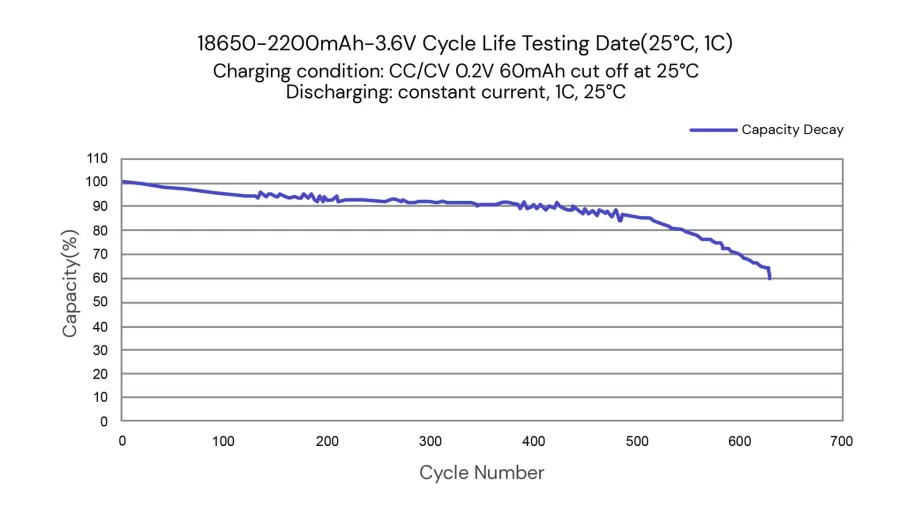
Understanding the Importance of the Discharge Rate in 18650 Batteries
What Is Discharge Rate?
The discharge rate of a lithium-ion battery signifies the speed at which it releases electrical energy, commonly measured in amperes (A) or milliamperes (mA). When selecting a battery for a specific application, the discharge rate capability becomes a crucial consideration as it directly influences both the power output and the duration for which the battery can supply electrical energy. The discharge rate specification of an 18650 battery denotes the rate at which it can deliver power to a device, usually expressed in amperes (A). This specification outlines the maximum current that the battery can safely provide without causing damage.
Why Matching Discharge Rate to Device Requirements Matters
When selecting a battery for a device, it’s crucial to take into account the specific power requirements of the device. The power demands of various devices can significantly differ based on factors such as the device type, its components, and intended usage.
When a device demands more power than a battery can supply, it may result in voltage drops. This occurrence involves the battery’s voltage decreasing below the desired level, potentially causing malfunctioning or inefficient operation of the device. In certain instances, the device might even shut down or turn off completely. Matching the battery’s power output to the device’s requirements is essential for optimal and reliable performance.
Conversely, if a battery boasts a discharge rate significantly higher than the power requirements of a device, optimal performance may not be achieved. Although this situation won’t cause harm to the device, the surplus power capacity of the battery might remain unused, resulting in inefficient utilization of the battery’s overall capacity. It underscores the importance of aligning the battery’s discharge rate with the specific power needs of the device to ensure efficient and effective use of both the battery and the device.
Risks of Using a Battery with a Low Discharge Rate
Premature battery depletion is a potential concern when the discharge rate is too low in comparison to the power requirements of the device. In such cases, the battery may struggle to supply power at the necessary rate, leading to heightened internal resistance and a subsequent decrease in the overall lifespan of the battery. It emphasizes the importance of ensuring that the battery’s discharge rate aligns appropriately with the power demands of the device to maintain both efficiency and the longevity of the battery.
To guarantee optimal power delivery for a device and prevent issues like voltage drops or premature battery depletion, selecting an 18650 battery with a discharge rate that aligns with or slightly surpasses the power requirements of the device is crucial. This choice ensures a dependable power supply without placing undue stress on either the battery or the device, promoting efficient and reliable performance.
The Factors That Contribute to the Aging of Lithium-ion Batteries
- Capacity Fade: Over time and through repeated charge-discharge cycles, lithium-ion batteries undergo a gradual reduction in their maximum capacity. This phenomenon, known as capacity fade, is primarily attributed to the degradation of the battery’s electrode materials, including the lithium cobalt oxide (LiCoO2) cathode and the graphite anode.
- Dendrite Formation: Lithium-ion batteries are susceptible to dendrite formation, wherein minute metallic fibers can develop within the battery over time. These dendrites pose a risk of internal short circuits, potentially resulting in thermal runaway and diminished battery performance. Factors such as elevated charge rates, high temperatures, and the aging of the battery contribute significantly to the formation of dendrites. Electrolyte Breakdown: The electrolyte inside a lithium-ion battery degrades over time due to various chemical reactions and exposure to high temperatures. Electrolyte breakdown can result in irreversible changes to the battery’s chemistry, reducing its performance and overall lifespan.
- Internal Resistance Increase: With the aging of lithium-ion batteries, there is a tendency for their internal resistance to rise. This augmented resistance leads to a decrease in power output and an elevation in heat generation during operation. The consequence is a reduction in the overall efficiency and performance of the battery over time.
- Aging: Lithium-ion batteries undergo a slow aging process known as aging, even when not in use. This type of aging is influenced by factors such as temperature, state of charge, and time. Over time, the battery’s chemistry undergoes chemical reactions that gradually degrade its performance and capacity.
It’s important to note that the specific aging mechanisms and rates can vary based on factors such as battery chemistry, manufacturing quality, conditions of use, and maintenance practices.
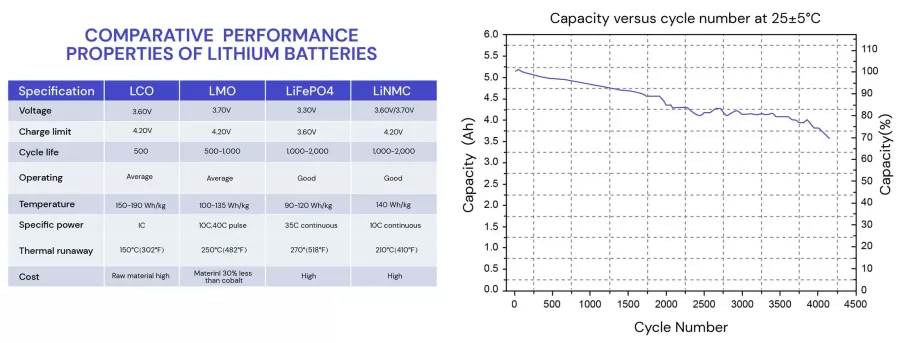
8 Tips to Extend the Lifespan of an 18650 Battery Pack
1. Control Charging
Prevent overcharging or undercharging your 18650 battery pack by adhering to recommended voltage ranges. Utilize a high-quality charger equipped with automatic shutdown capabilities upon reaching the battery’s maximum capacity. This ensures optimal charging practices and helps maintain battery health.
2. Avoid Extreme Temperatures
Shield your battery pack from high temperatures, as excessive heat can markedly diminish its lifespan. Refrain from exposing the batteries to direct sunlight, hot vehicles, or other heat sources. Additionally, extreme cold conditions can impact battery performance. For optimal results, store your battery packs in environments with room temperature (around 20-25°C or 68-77°F).
3. Optimize Battery Settings
Enhance your device’s battery life by optimizing its settings. Adjustments such as lowering screen brightness, utilizing low power mode, or activating battery-saving mode can effectively conserve energy, prolonging the lifespan of your battery.
4. Monitor Usage Patterns
Stay vigilant about your 18650 battery pack‘s usage patterns and discharge behavior. Deep discharges, where the battery is nearly empty, can expedite wear and tear. Aim to steer clear of fully depleting your battery before recharging. Ideally, recharge it when there’s approximately 20-30% capacity remaining to promote a healthier battery cycle.
5. Avoid High Current Loads
Steer clear of overloading your battery pack with high currents, as this can strain the cells and diminish their lifespan. Ensure that the battery pack is appropriately rated for the specific load, especially in high-power applications. Minimize continuous high current drains to alleviate stress on the batteries and promote long-term durability.
6. Practice Proper Storage Techniques
When not in use for an extended period, adhere to proper storage practices. Charge the batteries to approximately 50% capacity (neither full nor empty) before storing. Place them in a cool, dry environment, and periodically check their status to prevent excessive discharge during storage. This ensures the batteries remain in optimal condition even during periods of non-use.
7. Clean Battery Contacts
Prevent issues with charging and discharging by addressing dirt and corrosion on battery contacts. Employ a soft cloth or a cotton swab soaked in rubbing alcohol to gently clean the contacts. Make certain the contacts are thoroughly dry before reconnecting the battery pack, ensuring proper functionality and performance.
8. Avoid Physical Damage
Exercise caution when handling your battery pack to prevent physical damage. Impact or dropping can harm internal cells, jeopardizing overall performance. Utilize protective cases or silicone sleeves to shield your battery pack from potential damage and ensure sustained functionality.
Absolutely, it’s crucial to acknowledge that all rechargeable batteries have a finite lifespan and will eventually require replacement. Nevertheless, adhering to these practical tips for extending the life of your 18650 battery packs can significantly prolong their usability. This approach not only enhances the overall lifespan of the batteries but also minimizes the frequency of replacements, maximizing their value and efficiency.
Indeed, comprehending the factors influencing battery performance, choosing an appropriate discharge rate, and incorporating practical tips can result in extended usage times, fewer battery replacements, and savings in both time and money. It’s essential to recognize that proper battery care not only benefits individuals but also aligns with a more sustainable and environmentally friendly approach to energy usage. If you have any further questions or require additional assistance, our team is here to help. Feel free to reach out for support or guidance.

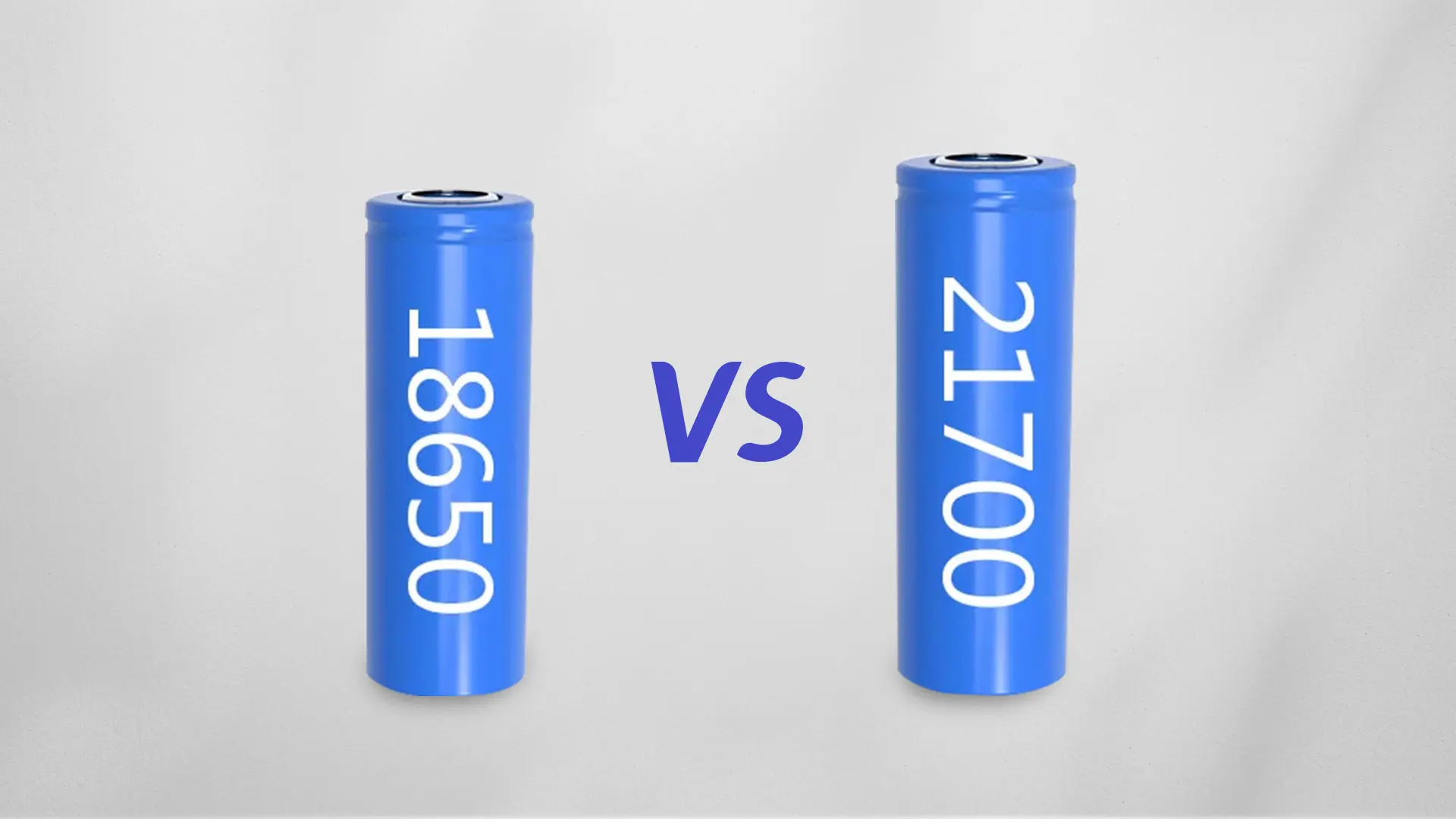
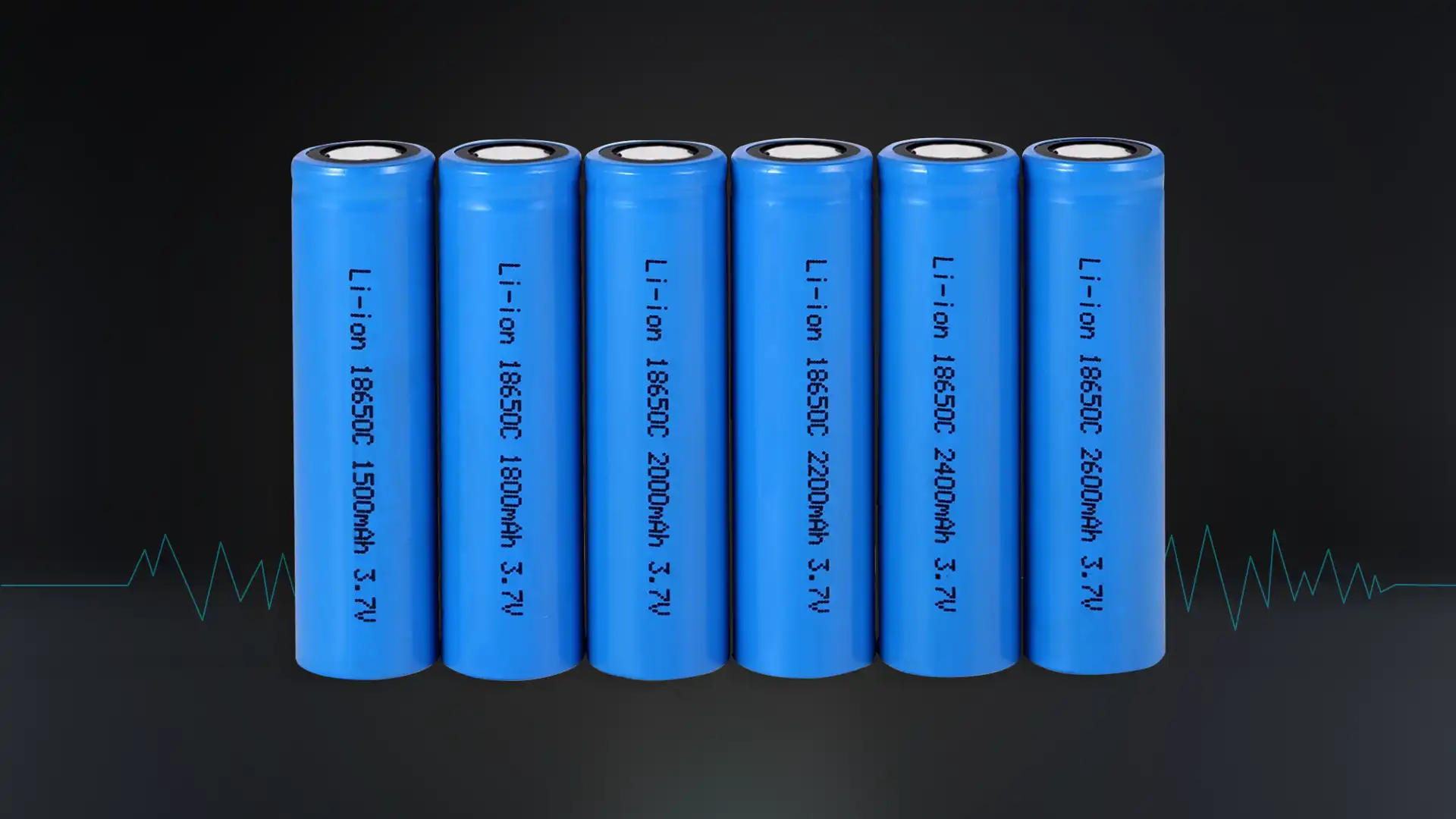
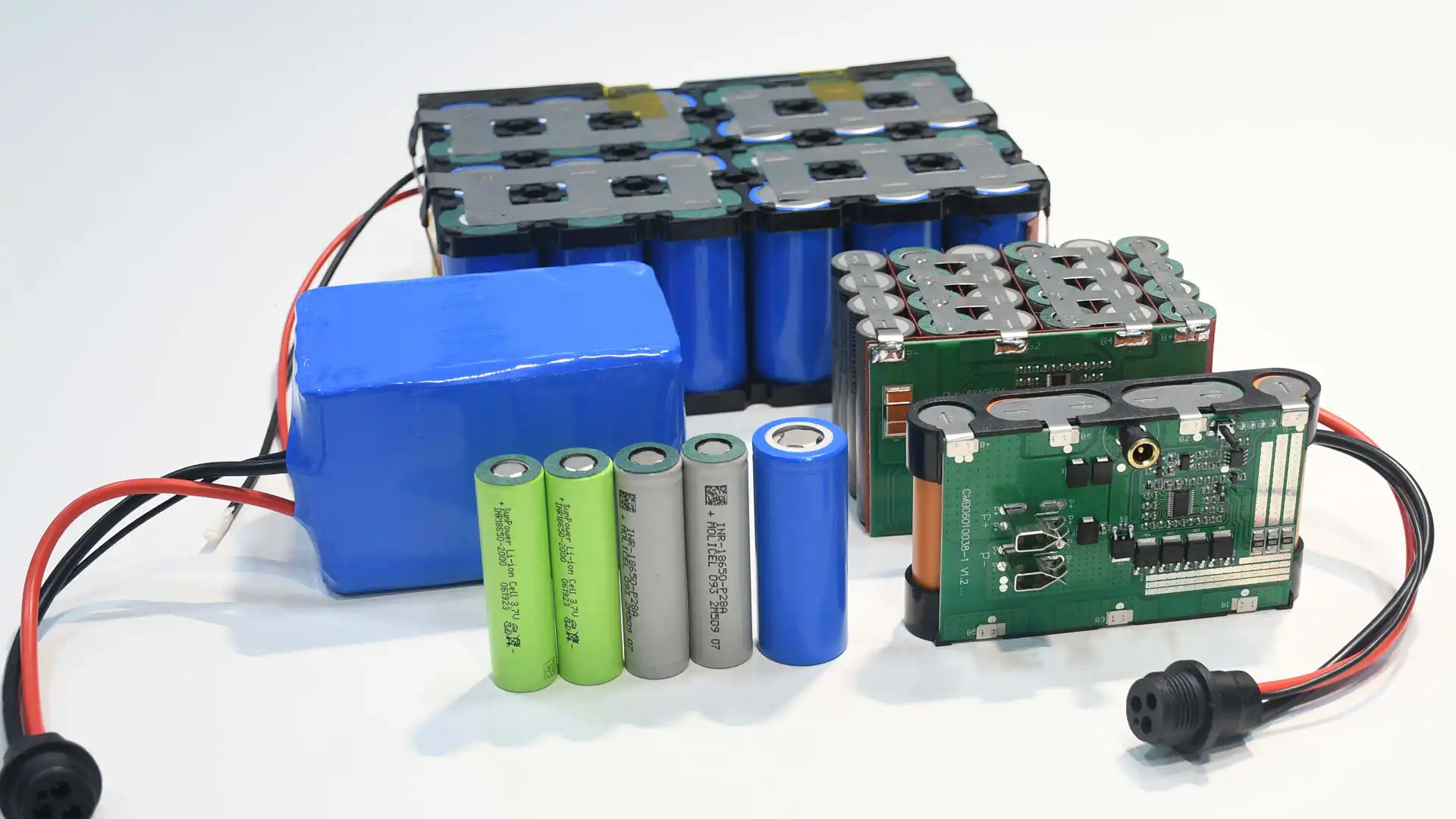
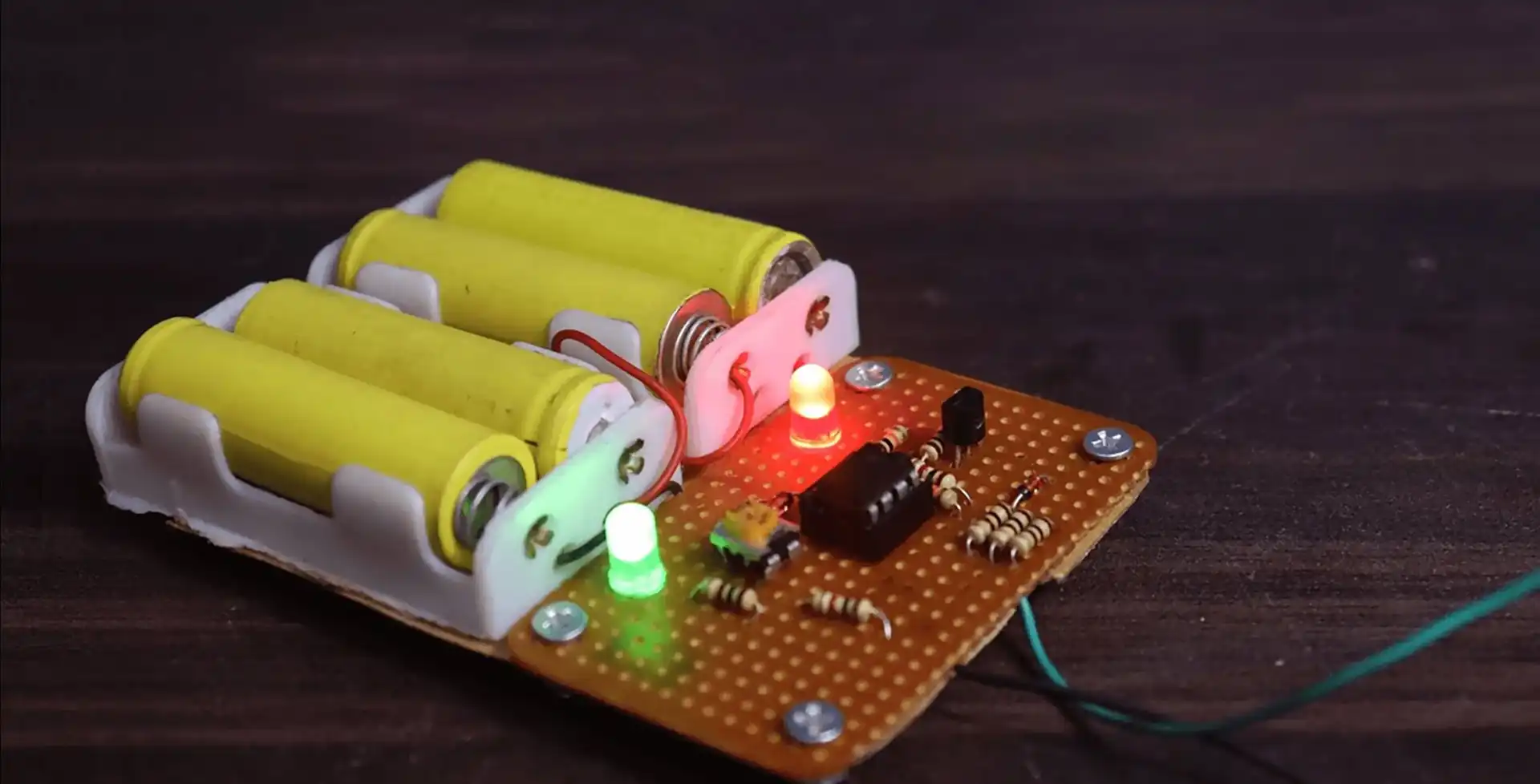

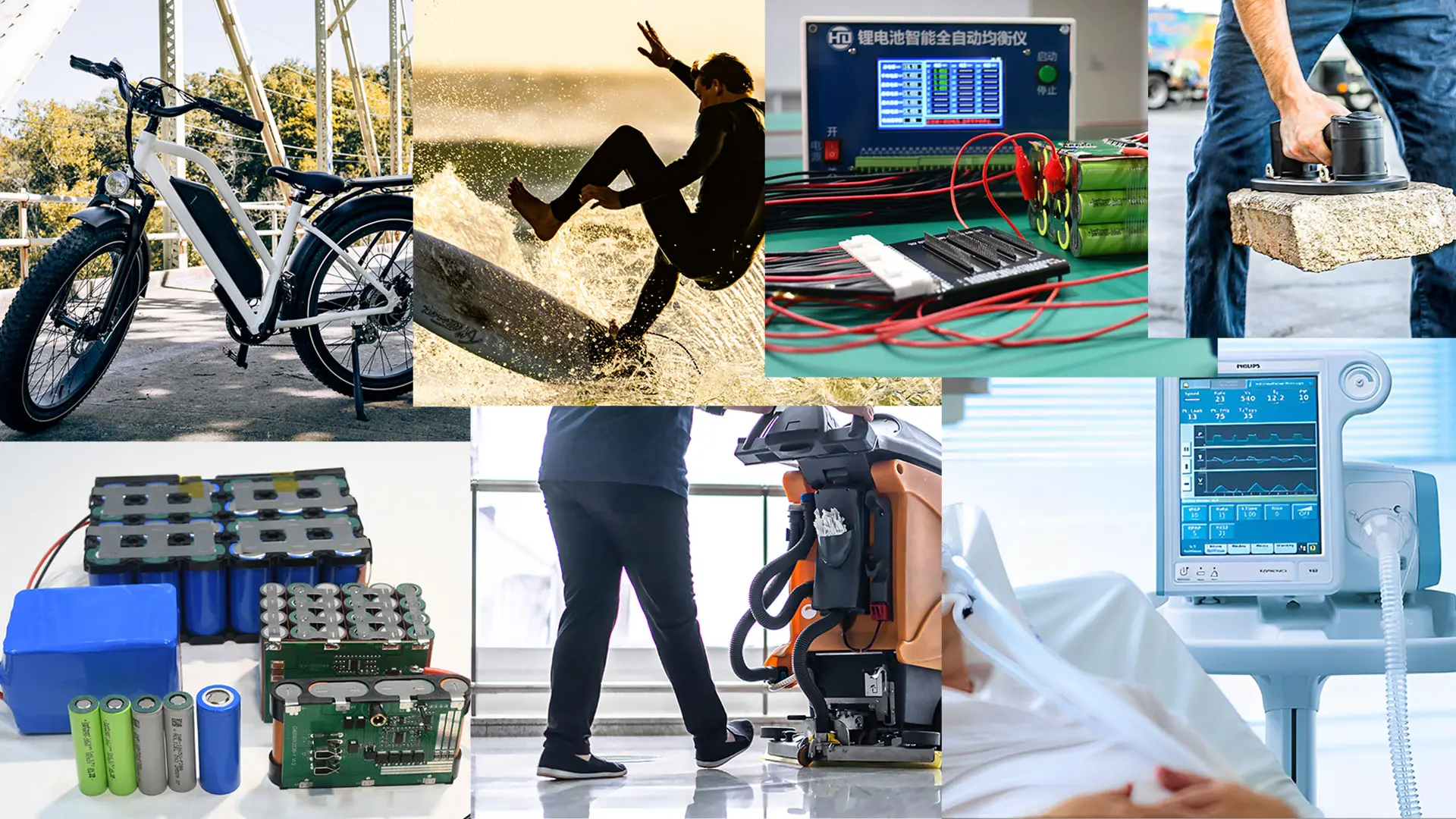
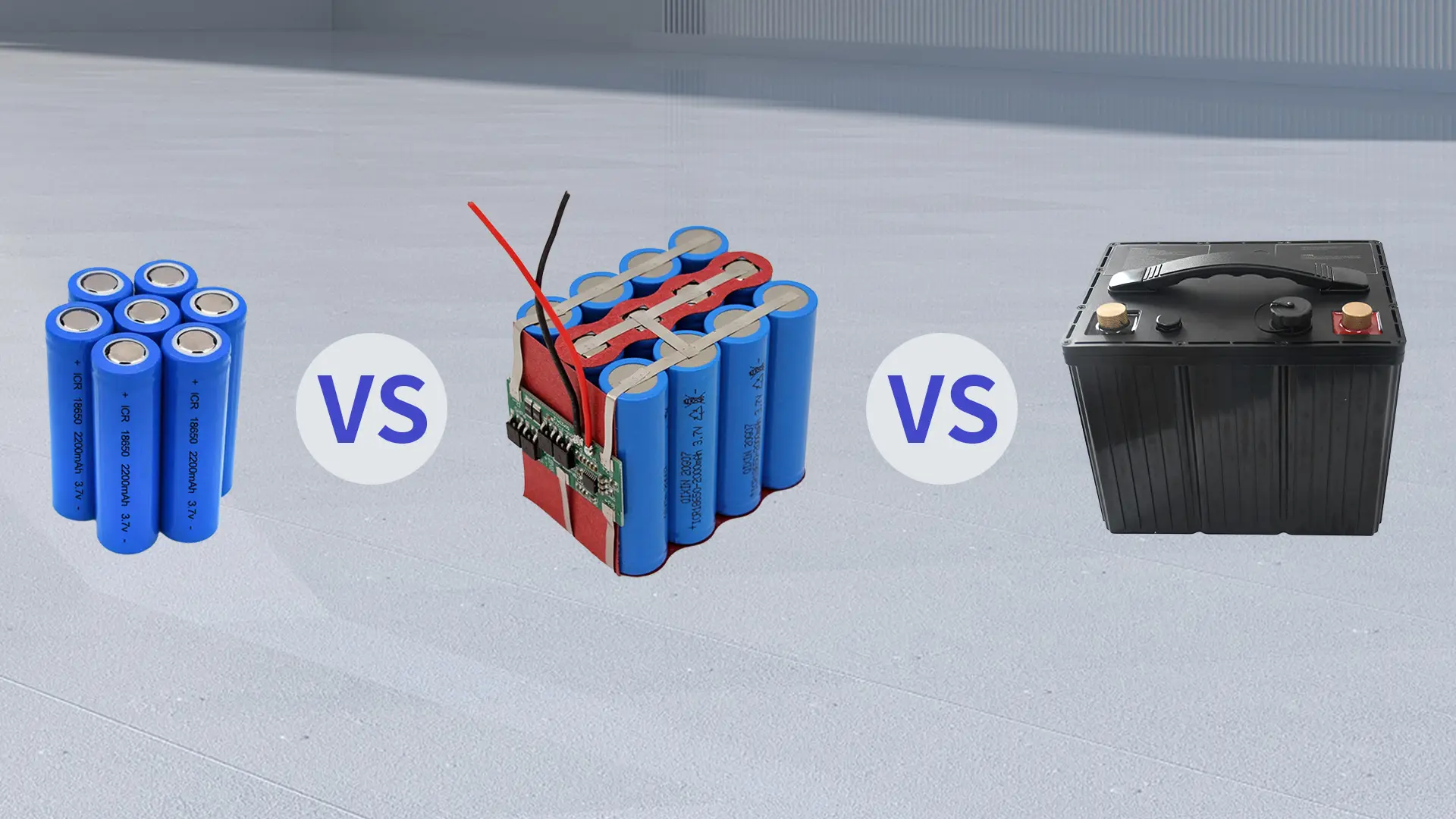




One thought